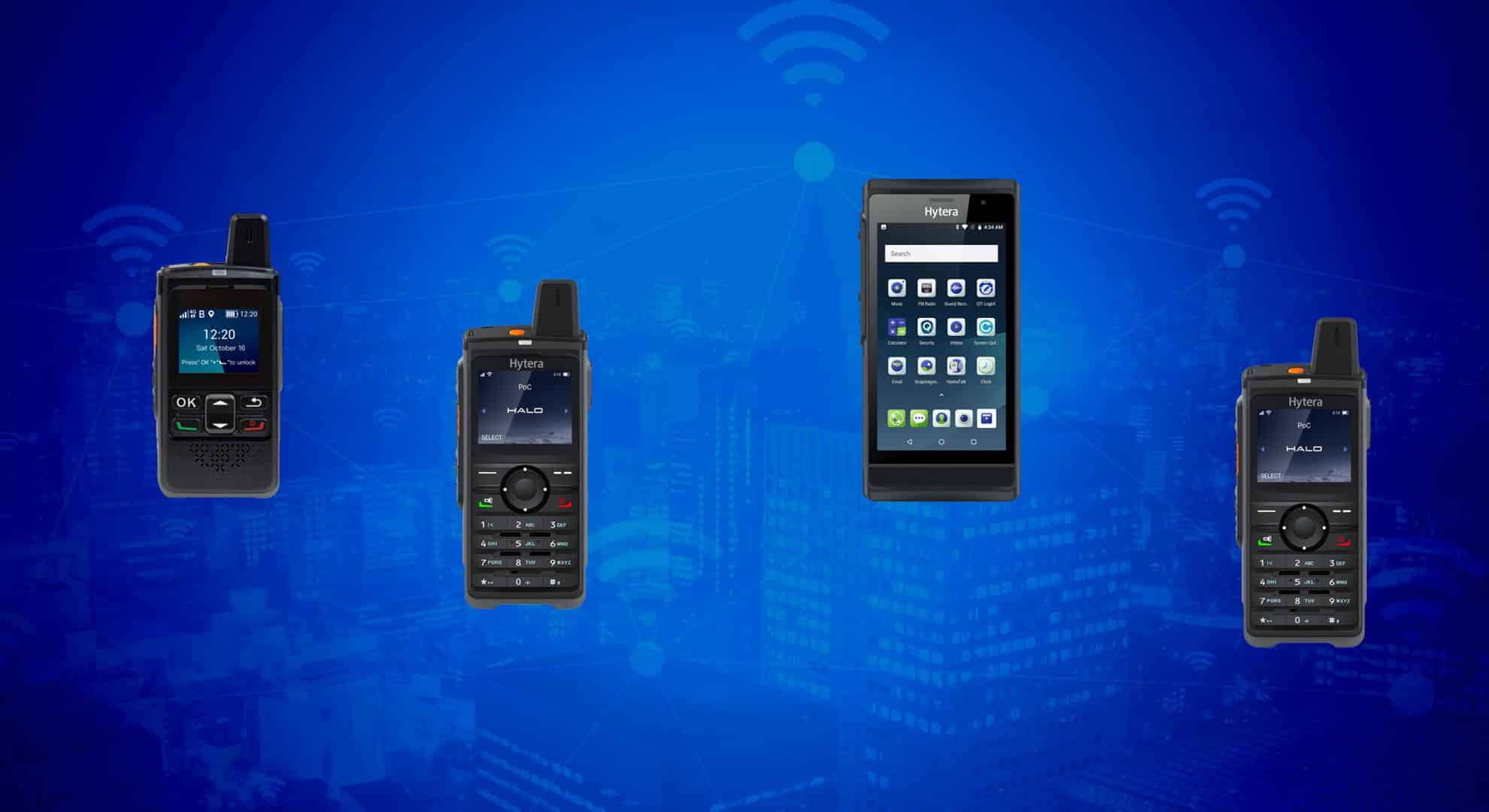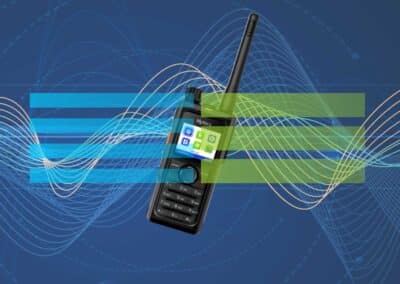What is Push-to-Talk over Wi-Fi?
How Push-to-Talk over Wi-Fi Works, and the Benefits to Broadband Communications
Wi-Fi networks help businesses and organizations be more connected, mobile, and agile. Nearly every building, facility, or campus has a Wi-Fi network. Push-to-Talk over Wi-Fi (or PTT over Wi-Fi) enables leveraging Wi-Fi networks to communicate with other PTT devices just like traditional two-way radios.
PTT over Wi-Fi delivers professional grade radio communications without the need for repeaters or expensive radio infrastructure. PTT over Wi-Fi runs on any Wi-Fi network that provides sufficient coverage and connection quality. It follows all the same rules any other wireless device does (laptops, phones, etc.) and operates like a two-way radio.
Push to Talk over Wi-Fi and Cellular Networks
PTT over Wi-Fi is typically deployed along with Push-to-Talk over Cellular that uses the 4G/LTE networks of mobile network operators like AT&T and T-Mobile. A SIM card (just like a cellular phone SIM card) is installed in the PoC devices to enable connectivity to the 4G/LTE cellular network and allow users nationwide connectivity when outside the range of the Wi-Fi network. All Hytera Push-to-Talk over Cellular devices also support PTT over Wi-Fi, and can seamlessly switch between the two networks.
PoC devices are also known as Internet of Things (IoT) devices that access the internet for data communications via Wi-Fi and 4G/LTE networks like any other mobile device. PoC network services are typically hosted on the cloud using PoC controllers (network appliances) that are operated by a PoC platform service provider. PoC controllers can also be privately owned and operated by the customer and installed with the other network equipment at the customer location. Hytera provides the options to have a subscription based PoC service or a customer owned PoC system. Both options support PTT over Wi-Fi and Push-to-Talk over Cellular.
How PTT over Wi-Fi Works
Push-to-Talk over Wi-Fi uses the existing Wi-Fi network and access points throughout a facility. The first step in a PTT over Wi-Fi deployment is to conduct a site-wide Wi-Fi audit to document the current coverage and ensure all devices can seamlessly roam throughout that area. All Wi-Fi networks need to have proper RF (radio frequency) coverage. This ensures communications are there when you need them. Dead spots or areas that lack good coverage will mean your devices will not work reliably.
The following application diagram shows a PTT over Wi-Fi system used in conjunction with a Push-to-Talk over LTE cellular network using a subscription-based PoC service hosted on the internet cloud.
At the top of the diagram, the PoC devices on the Wi-Fi network are utilizing the existing wireless network infrastructure of the facility to access the PoC controller on the internet cloud through the customer owned router. At the bottom half of the diagram, the PoC devices have SIM cards and are accessing the PoC controller on the internet cloud through the LTE carrier network. PoC mobile radios used in vehicles access the LTE network for wide area coverage no matter where they drive.

Linking Multiple PTT over-Wi-Fi Locations
Push-to-talk over Wi-Fi is not limited to a single location. For example, a school district will have several campuses, each with its own Wi-Fi network, and they want to communicate with other campuses over the entire school district. The different campus Wi-Fi networks can be connected using the school district’s wide-area network or VPN, and all of the users on the different Wi-Fi networks can call each other.
Contact Hytera for more information about how Push-to-Talk over Wi-Fi provides reliable and cost-effective radio communications.



